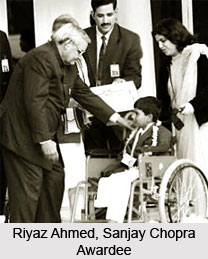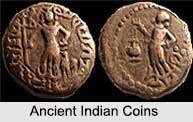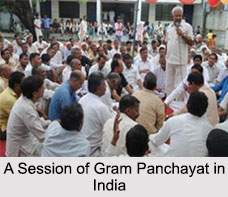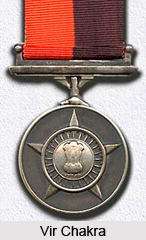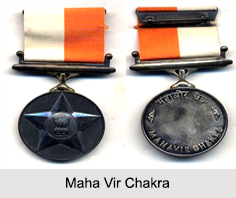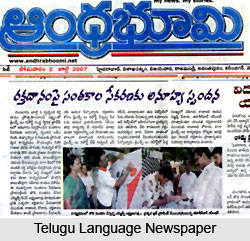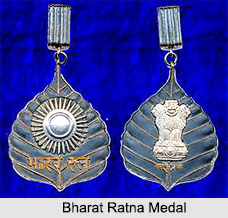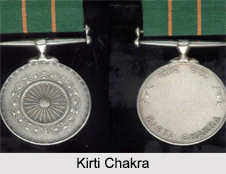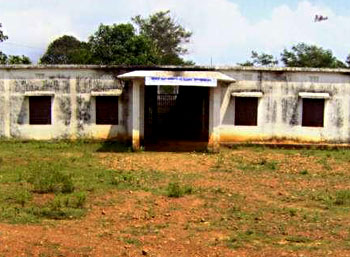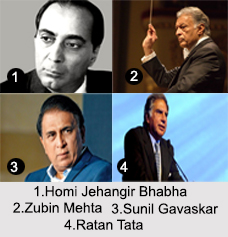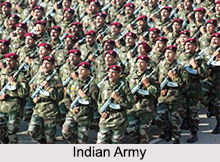 Indian Army is the largest branch of the Armed Forces of India and it has the primary responsibility of conducting land based military operations, in and around India. The Indian Army currently maintains the second largest active Military Force in the world and it has total troop strength of around 3.8 million, at the moment. The Indian Army is actually a completely voluntary service and the military draft has never been imposed in India. The army is quite rich in its battling experience, as it fought in diverse geographical areas, considering India`s diversity on this front. The Indian Army also has a distinguished history of serving in United Nations Peacekeeping Operations.
Indian Army is the largest branch of the Armed Forces of India and it has the primary responsibility of conducting land based military operations, in and around India. The Indian Army currently maintains the second largest active Military Force in the world and it has total troop strength of around 3.8 million, at the moment. The Indian Army is actually a completely voluntary service and the military draft has never been imposed in India. The army is quite rich in its battling experience, as it fought in diverse geographical areas, considering India`s diversity on this front. The Indian Army also has a distinguished history of serving in United Nations Peacekeeping Operations.
Indian Army during Medieval Period
The Indian Army has seen a lot of changes in its formation, structure, war policy, etc. from the ancient period to medieval period to the modern period. The Army has also seen some huge changes after the Independence of India. In the medieval period, the Indian emperors and kings were used to apply a number of tactics and diplomatic policies for winning a war and also sometimes for avoiding an open war. Apart from some exceptions, the Indian Army was not quite united, rather undisciplined during the medieval period.
Indian Army during Afghan Rule
The Indian Army was huge and vast during the Afghan rule and it was well organised and had separate divisions. The Afghan rulers have ruled India for a considerable number of years during the medieval period and they have also made some wonderful contributions to the formation and structure of the Indian Army. The Afghan rulers have ruled Delhi and its surrounding area for years, before the Mughal emperor, Babur took control of the region.
Indian Army during Mughal Period
The undisciplined and dividing scenario of the Indian Army that was common in the ancient times was a bit improved in the Mughal period. Though, they were coming from outside, the Mughal rulers showed considerable amount of interest in organising the Indian Army in a proper way. They have done some good job in changing the formation, structure and strength of the Indian Army, during their reigns. However, though the unity improved a bit, the vast Indian Army during Mughal rule was not controlled properly.
Military Organisation of Indian Army
The military organisation of Indian Army in the 17th century saw a change, as European military methods were followed. The size of the Indian Army was quite large during the Mughal rule and though the army was not organized properly and was in a bit undisciplined condition, the situation improved during the Maratha period. It was also the period when the British rulers were tending to take over the power in all over India. In fact, a number of foreign troops were trying their lucks in India at that time, and the troops included the likes of French, Portuguese, British and Dutch. The result was both positive and negative.
Indian Army during British Rule
The East India Company has played probably the most significant role in modernising the Indian Army to a great extent during its reign in India. It"s a well known fact that the East India Company was actually the company through which the British rulers came to India and ruled the country for near about 200 years, in succession. In fact, the British rulers had brought modernisation, proper discipline and professional security in the Indian Army.
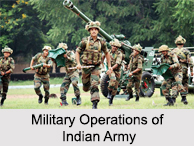 Indian Army after Independence
Indian Army after Independence
The Indian Army after independence in 1947 have seen a lot of changes and also increased its strength, significantly. The independence brought about a huge change in the formation, structure and size of the Indian Army. The Indian Army, after independence, represented the Indian society as a whole, unlike most of the imperial armies. The Army also got the most developed and modern weapons to fight against its enemies, after independence.
Military Operations of Indian Army
The military operations of Indian Army have proved its great strength several times. Since independence, the Indian Army has carried over a large number of military operations in order to safeguard the country"s territory and also to restrain the enemies from causing any damage to India. Almost all the military operations of Indian Army so far have seen considerable success and the Indian soldiers did not step back from the battlefield even in front of the toughest situation.





